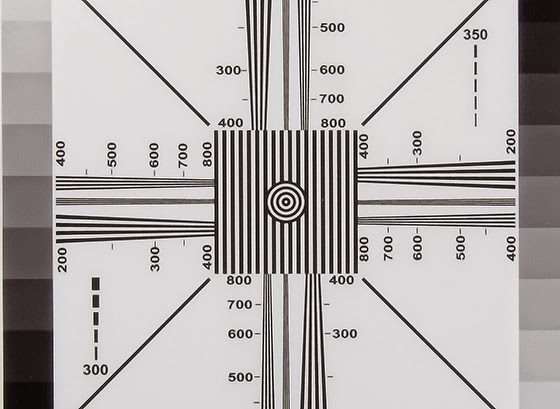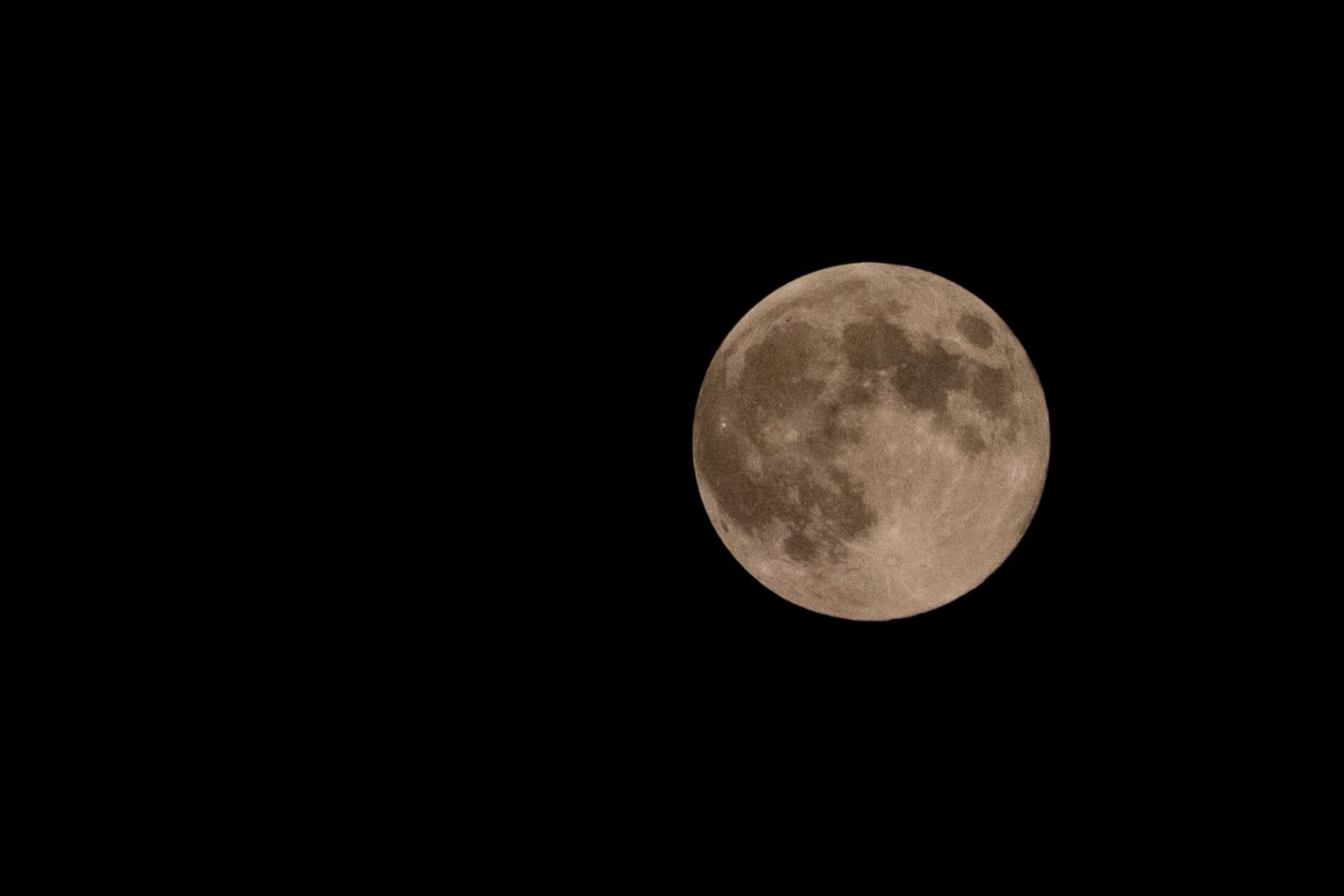 |
| Nikon D750, AF-S NIKKOR 28-300mm f/3.5-5.6G ED VR, ISO 100, ƒ/9, 1/200 |
I was not planning on comparing the two cameras but ended up noticing quite a difference between the two cameras when taking some photos of the moon.
 |
| Fujifilm X-E2, FUJINON XF 55-200mm, ISO 800, ƒ/8, 1/4000 |
While editing the two photos, I noticed a sharpness in the 16-megapixel Fuji image that wasn’t in the Nikon 24-megapixel. Of course, I would expect the Nikon D750 to be sharper.
 |
| Nikon D750, ISO 4000, ƒ/5.6, 1/4000 |
I just put this photo here shot at 1/4000 to quiet those who think the softness of the D750 was from camera movement. It is the filter.
Until recently, virtually all digital cameras had anti-aliasing or low-pass filter over the sensor. This filter softened the image very slightly to reduce the likelihood of moiré patterning happening in parts of the photo close to the sensor’s resolution limit.
There is no filter on the Fuji, and there is one on the Nikon D750.
The benefit of leaving off the filter is that the camera can record a little more detail and produce slightly sharper images, with less need for post-capture sharpening.
Nikon just introduced at the Consumer Electronics Show this week their new Nikon D5500, whose high-resolution sensor has no optical low-pass filter. It joins the Nikon D810, which doesn’t have an anti-aliasing or low-pass filter over the sensor.
I think we may be experiencing a change in the industry. Since the Nikon D800E, we have seen more cameras without anti-aliasing, or low-pass, filter over the sensor. Removing the filter is because the pixel density of sensors has become so high that there are fewer and fewer patterns that we are likely to photograph with a high enough frequency to cause moiré patterning.











